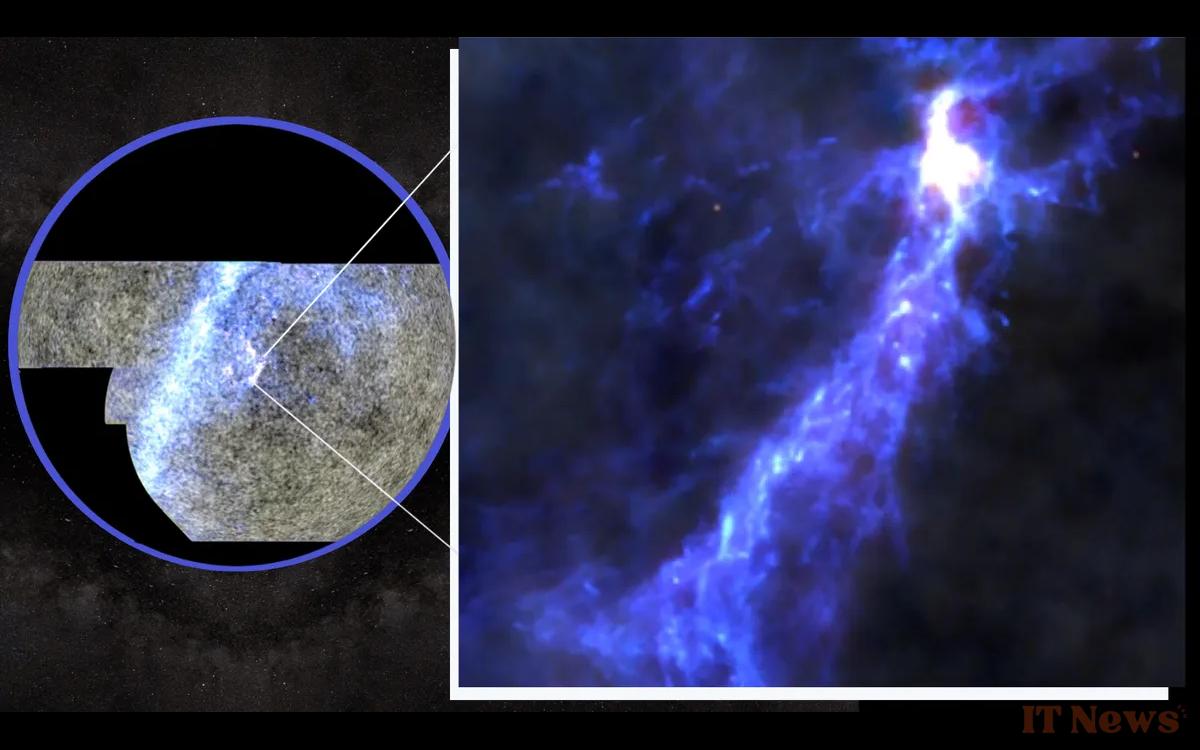Researchers have captured the most detailed images yet of the universe in its early days, long before the appearance of stars. They show how the first elements organized themselves under the influence of gravity. An essential discovery for understanding the evolution of the cosmos.
Today's universe, filled with billions of galaxies, planets, and stars, has not always looked like this. In its beginnings, it was extremely hot, dark, and uniform. It was mainly composed of light gases such as hydrogen and helium, the first chemical elements to appear after the Big Bang. Scientists are trying to better understand this period to reconstruct the major steps that led to the formation of current structures.
To go back so far in the past, astronomers use instruments capable of capturing traces of the very first light in the cosmos. The Atacama Cosmology Telescope (ACT), located in Chile, observed the cosmic microwave background, a sort of luminous imprint left by the universe around 380,000 years after the Big Bang. Thanks to these new images of unprecedented precision, researchers were able to see how matter began to organize itself before the birth of stars.
The ACT telescope reveals how the universe was structured before the formation of the first stars
The new data show that the early – or young – universe was not perfectly homogeneous. Some regions were slightly denser than others, which caused small movements of gas under the effect of gravity. The latter, mainly composed of hydrogen and helium, then grouped to form immense clouds. Millions of years later, these clumps of matter collapsed on themselves, triggering the ignition of the first stars.
These observations also confirm the predictions of the standard model of cosmology, which describes the evolution of the universe since the Big Bang. They have made it possible to refine the measurement of its age, estimated to 13.8 billion years with a tiny margin of error of 0.1%. However, they do not yet solve the mystery of the "Hubble tension," a disagreement in measurements of the universe's expansion rate. Astronomers hope that the future, even more powerful Simons Observatory telescope will be able to provide new clues to elucidate this enigma.
Source: ACT




0 Comments